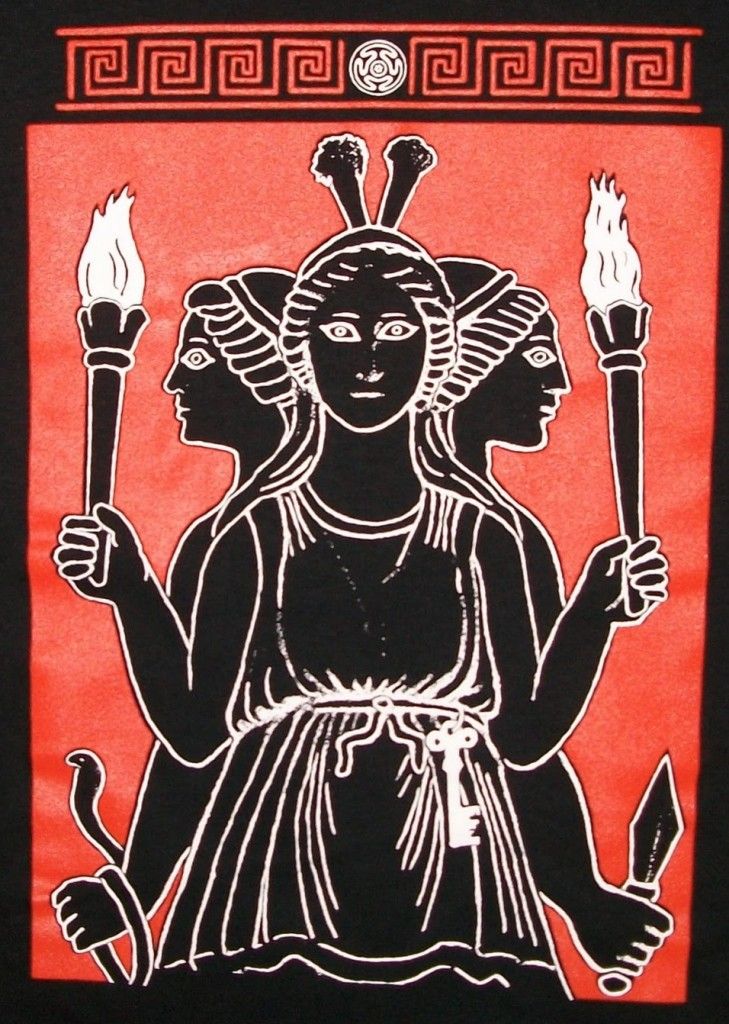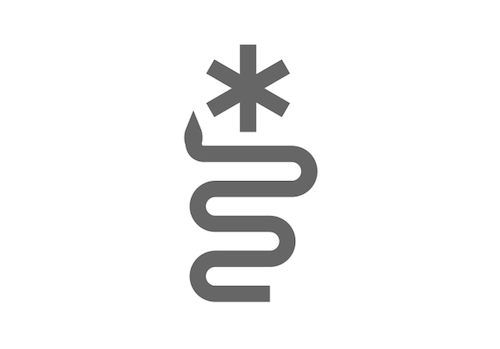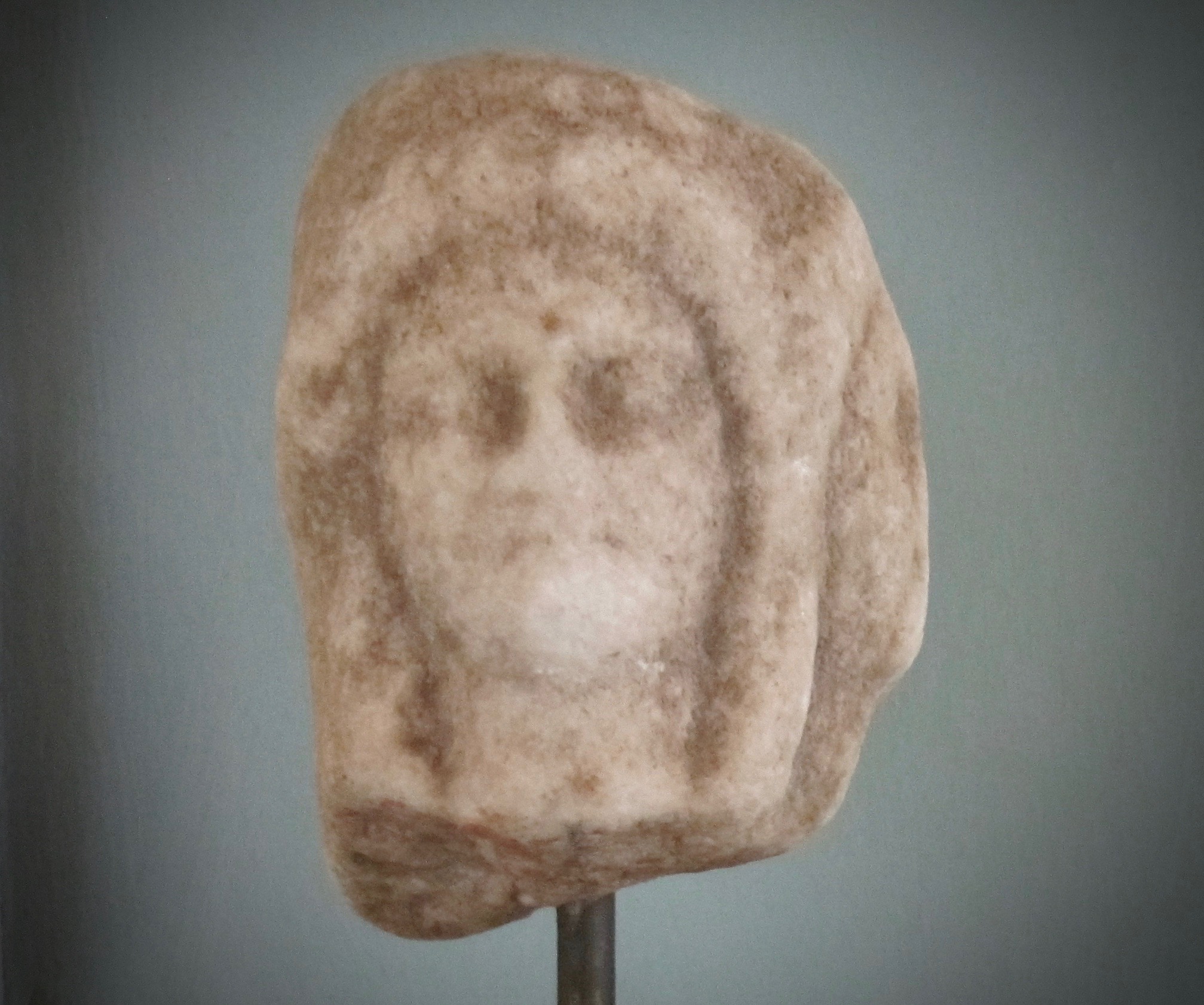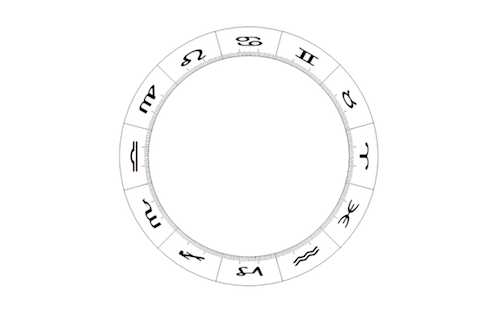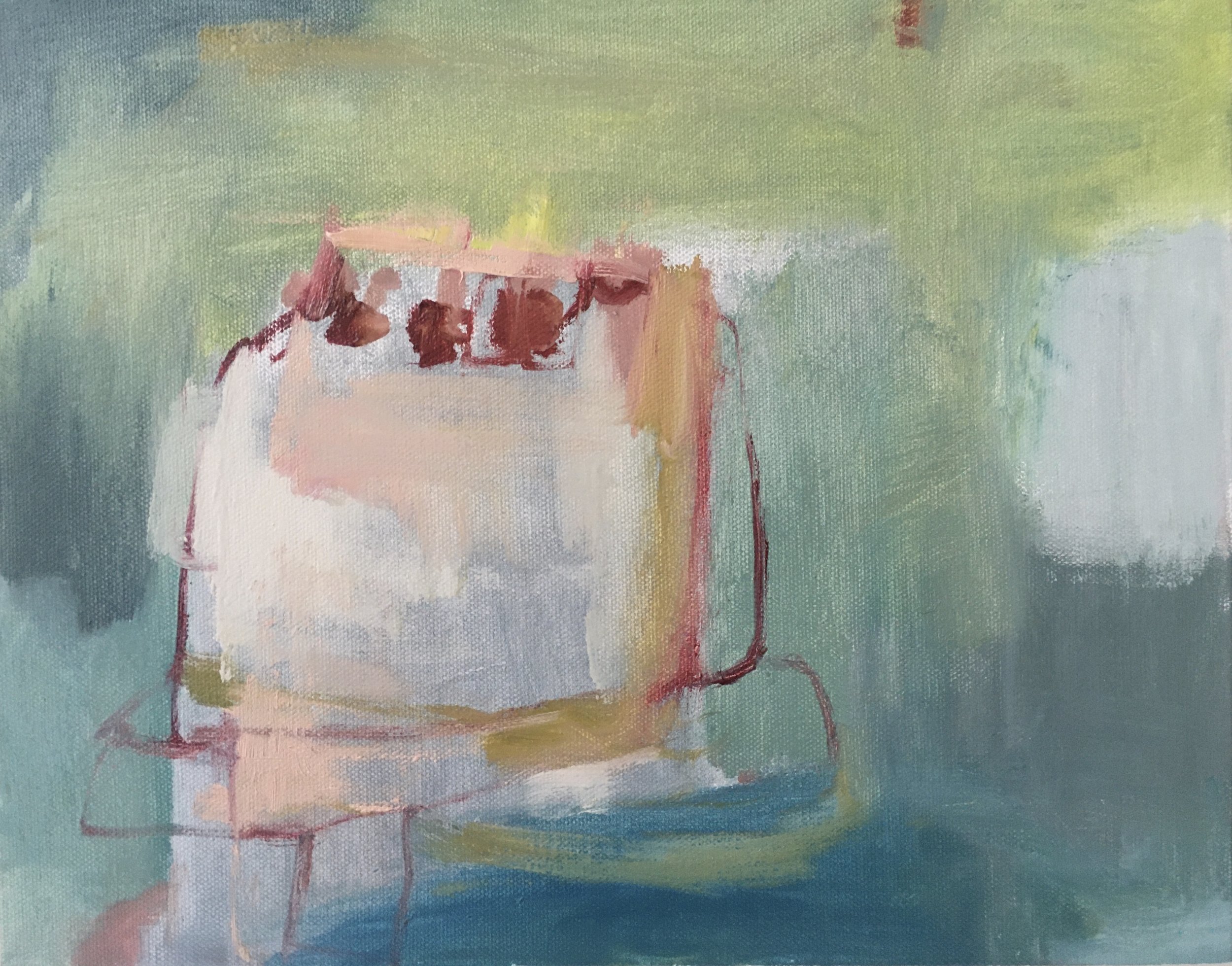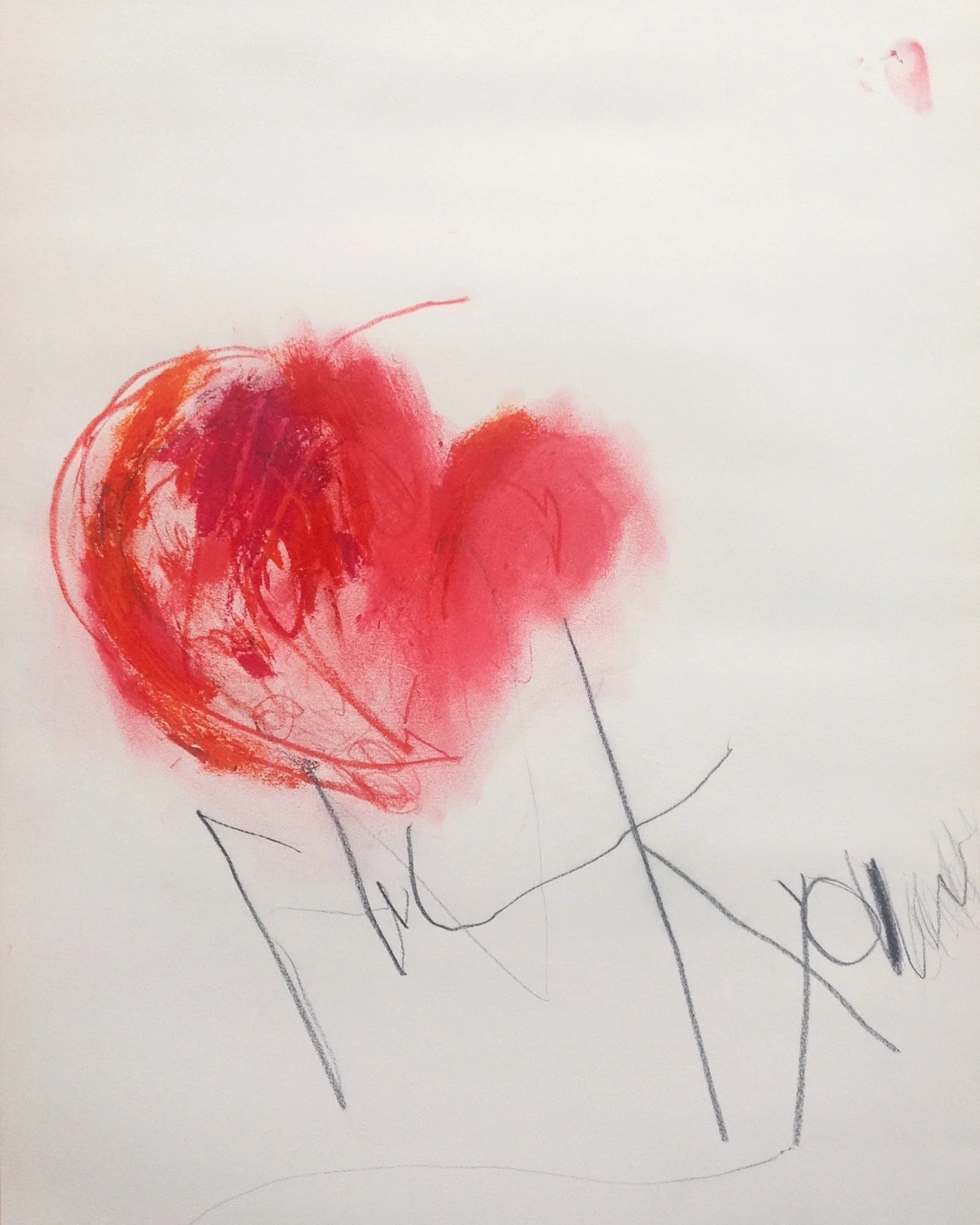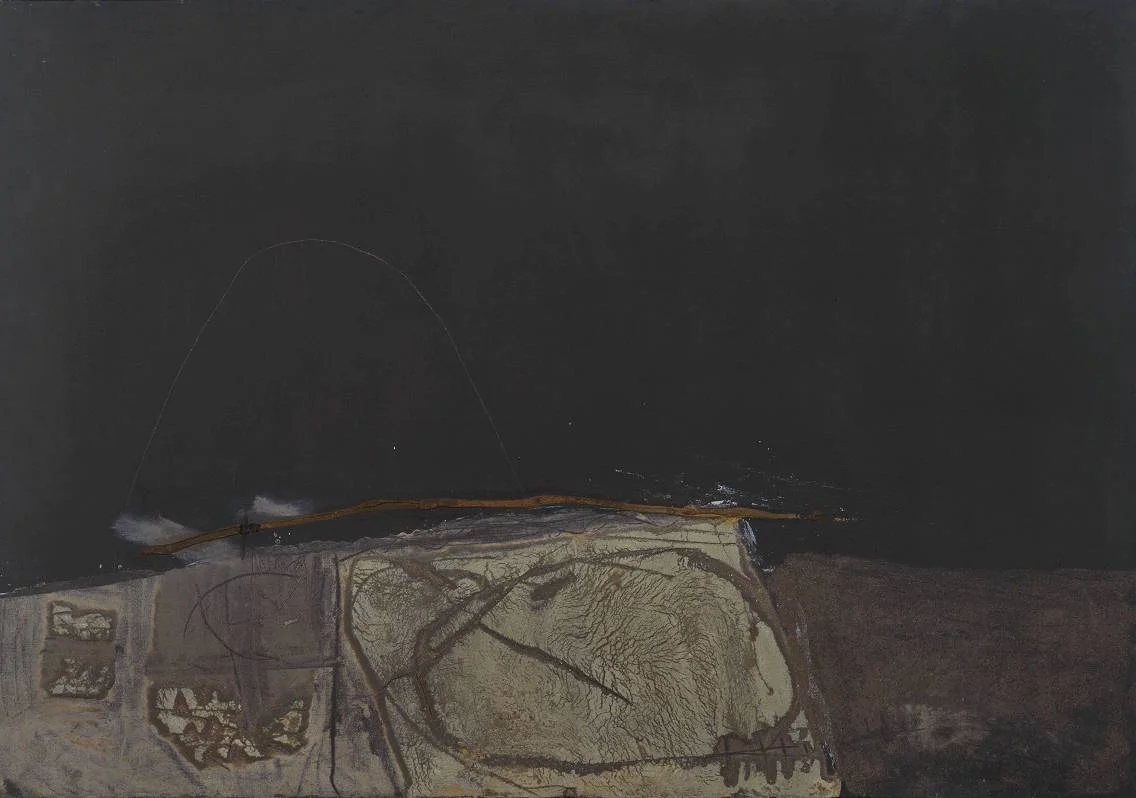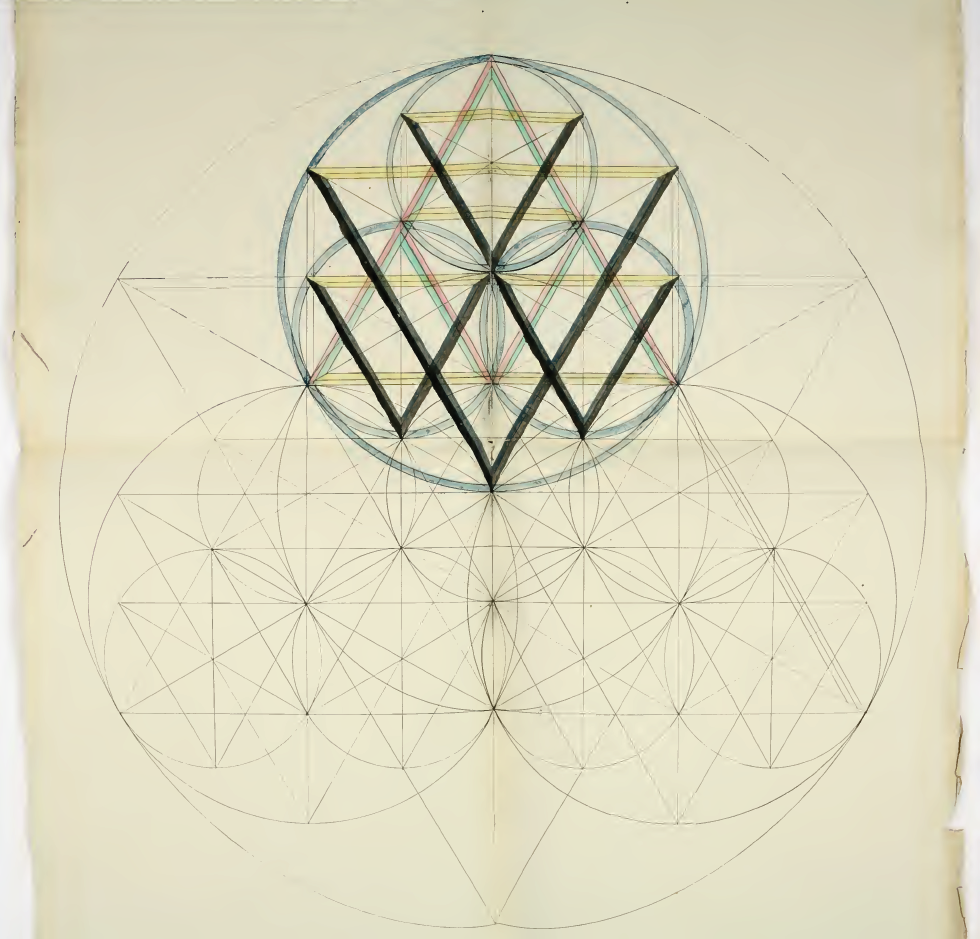Antiscia in the Thema Mundi
/Most astrologers regard antiscia and contra-antiscia as a second-rate aspect; a connection that may have merit, but certainly comes after the general "Ptolemaic" five (conjunction, sextile, square, trine, opposition) in relevance and strength. I believe this exclusion may be in error, especially with degree-based connections.
In the diagram below I have arranged the planets in their places of exaltation and noted how those places connect to each planets' own domiciles. You can see both benefics, Venus and Jupiter, connect to one of their respective antiscia or contra-antiscia signs (known as seeing and hearing signs to the ancients). Each of the malefics (and Mercury) connects to one of its domiciles by square. The lights, Sun and Moon, connect by trine and sextile to their domiciles, which sets up a schema (diurnal = trine, nocturnal = sextile) for the other shared aspects: nocturnal planets Venus and Mars connect to their other domicile by sextile, and diurnal, Jupiter and Saturn, connect by trine. The shared square and antiscia aspects are obvious, and I believe meaningful.
I hypothesize that aspects by antiscia are as powerful as other aspects, especially those in close degree-based situations. Like with the square, connections by antiscia and contra-antiscia cross boundaries and combine gender (female/male, yin/yang, passive/active, night/day). This makes the pairs dynamic and alive in the world, much like we see with a square. They are combinations that demand attention. We must do something with them. This co-mingling of gender along with the symmetry around the four seasonal turning points, or cardinal axis (see other articles), to me, is indicative of a very potent pairing, an energetic alliance that can be easily observed and/or experienced.
"the cardinal points relate people to the world at large"
-Charles Jayne, crediting Alfred Witte
The antiscia connection here could also be viewed as a quincunx aspect, but it is undoubtedly relevant that the two exhibited are indeed an antiscia (seeing) and contra-antiscia (hearing) link. The ancients regarded these relationships as having sympathy and reception, and these are in fact signs which share equal daylight (antiscia) and ascensional or rising time (contra-antiscia).
“And so, if any stars do not aspect each other in the orderly arrangement of the nativity, it must be inquired whether they are connected to each other by the associated aspect of antiscions. For when they have sent their antiscions thus, they are connected with each other through their antiscions just as [much as] by a trine or square or opposition or sextile aspect...”
-Julius Firmicus Maternus, 4th century astrologer
in Book 2 Chapter 30 of the Mathesis (Holden translation, 2011)
“Signs that are disjunct but having sympathy for each other are all the equal-rising signs, and those having equal power, and those of like zone. For example, equal-rising are Aries and Pisces, Gemini and Capricorn, Cancer and Sagittarius, Virgo and Libra; of equal power are Gemini and Cancer, Virgo and Aries, Libra and Pisces, Sagittarius and Capricorn; of like zone are Taurus with Libra, Aries with Scorpio.
...with the joint risings of the signs and the joint ascensions of the stars...
friendships and sympathies of men and women, and parents and brothers, and friends and slaves.”
-Rhetorius of Egypt, 6th or 7th century, Ch.16 (Holden translation, 2009)
The presence of these aspects in the planetary rulership and dignity schema (arising from the Thema Mundi) is an important reality which should not be dismissed or denied. It seems there is much more to uncover with antiscia!
Share your thoughts or leave a comment if you like.
(Updated: 12.12.14)

